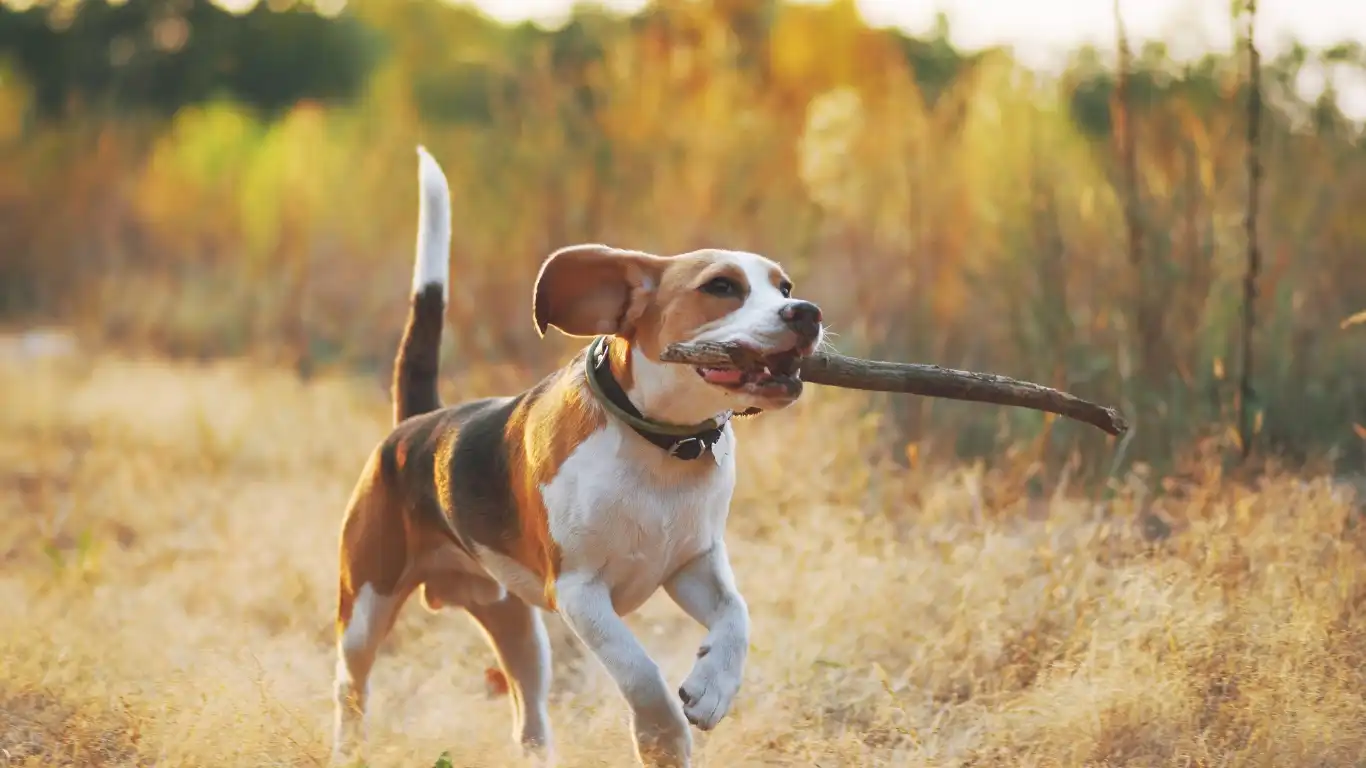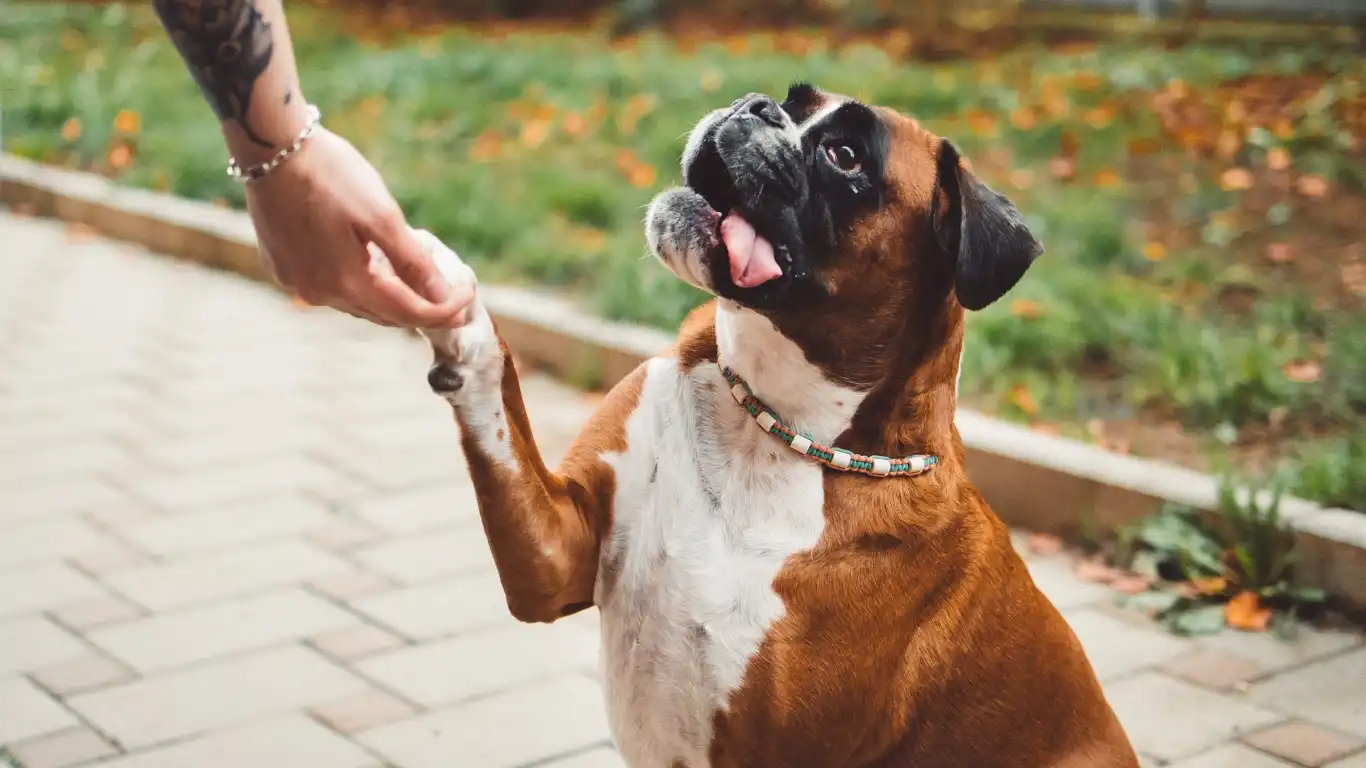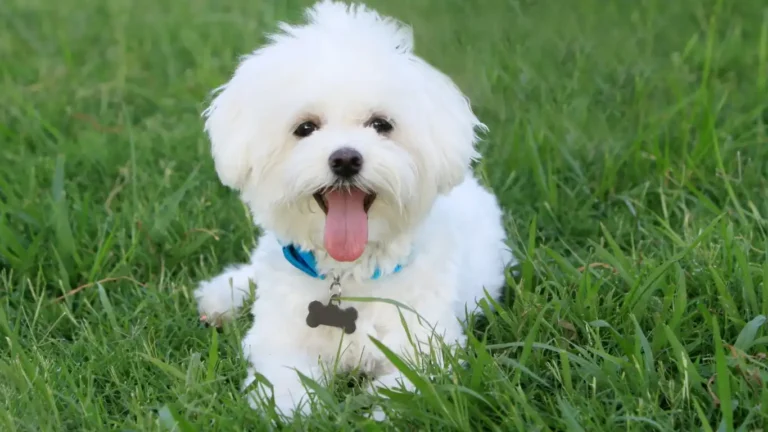How to Pick the Right Collar for Your Dog for Comfort & Safety
Picking the right collar for your dog might sound like a simple task, but trust me, after years as a Veterinary Technician specializing in nutrition and overall pet care, I’ve seen how this small decision can impact your furry friend’s comfort, safety, and even health. Whether you’re welcoming a new puppy or upgrading your senior dog’s gear, understanding how to pick the right collar for your dog is essential to avoid common pitfalls and make daily walks and outings a joy rather than a hassle.
Why Choosing the Right Collar Matters

From my experience working hands-on with dogs of all breeds and sizes, a collar isn’t just an accessory. It’s a crucial tool for identification, control, and communication between you and your pet. A poorly chosen collar can cause discomfort, skin irritation, or even injury, especially if your dog tends to pull or has sensitive skin.
Think about it this way: just like how we wouldn’t wear shoes that pinch our feet, dogs need collars that fit well and suit their lifestyle. I’ve seen clients come in with dogs sporting collars that were way too tight, causing sores, or collars too loose that risk slipping off during a walk. The right collar supports your dog’s well-being and helps build trust during training and everyday adventures.
Types of Dog Collars: Getting to Know Your Options
Before grabbing the first collar off the shelf, it helps to understand the main types available and their specific uses:
- Flat Collars: The most common type, these are simple bands usually made of nylon or leather. Great for everyday use, they’re ideal if your dog doesn’t pull excessively.
- Martingale Collars: Perfect for dogs with narrower heads like Greyhounds or escape artists. They tighten slightly when pulled but don’t choke, offering control without harm.
- Head Collars: These fit around the dog’s muzzle and neck, giving you more control over head movement. They’re often recommended for training strong pullers but require careful introduction.
- Harnesses: Though technically not collars, harnesses distribute pressure across the chest and back. I often recommend these for dogs with respiratory issues or neck injuries.
Each of these has pros and cons, and your dog’s breed, size, and personality will influence the best choice. For example, my own dog Luna, a spirited Labrador mix, thrives with a sturdy flat collar paired with a harness for walks—comfort and control combined.
How to Measure Your Dog for the Perfect Fit

One of the biggest mistakes I see is owners guessing their dog’s collar size. A collar that’s too tight can cause chafing and restrict breathing, while one that’s too loose might slip off when your pup gets excited.
Here’s a quick way I teach new pet parents to measure correctly:
- Use a flexible measuring tape or a piece of string to measure the circumference of your dog’s neck where the collar will sit.
- Add about 2 inches (5 cm) to that measurement for comfort and room to breathe.
- Check that you can fit two fingers comfortably between the collar and your dog’s neck—this is a great test for proper snugness.
Remember, collars made of materials like leather may stretch over time, so check and adjust the fit regularly. Also, consider your dog’s coat thickness and whether it might change seasonally.
Material Matters: Finding a Collar That Lasts and Feels Good
Another personal insight from my veterinary tech days: material isn’t just about looks—it impacts durability and comfort. Here are some common collar materials:
- Nylon: Lightweight and budget-friendly, but can cause irritation if wet and dirty.
- Leather: Strong, durable, and often more comfortable once broken in, but requires maintenance.
- Biothane: Waterproof and easy to clean, ideal for active dogs who love the outdoors.
Picking the right material can save you from frequent replacements and keep your dog happy and rash-free. For dogs with allergies or sensitive skin, hypoallergenic options might be worth exploring. I’ve worked with clients whose dogs reacted badly to certain nylons but thrived once switched to softer, natural materials.
Safety Features to Look for When Choosing a Dog Collar

When it comes to collars, safety should always be top of mind. Over the years, I’ve seen how certain features can make a huge difference—not just in preventing accidents but also in giving you peace of mind. So, when figuring out how to pick the right collar for your dog, don’t overlook these safety details.
Breakaway and Quick-Release Buckles
One of my biggest recommendations for almost every dog owner is to opt for collars with quick-release buckles. These buckles allow you to take the collar off easily in an emergency, such as if your dog gets snagged on something during play or exploration. For dogs that spend time unsupervised outdoors, breakaway collars are especially important because they release under pressure to prevent choking hazards.
That said, breakaway collars aren’t ideal for dogs that pull hard or need more control during walks—so it’s a balance depending on your dog’s behavior. In my clinic, I always advise tailoring the collar type to how and where your dog spends most of their time.
Reflective and LED Collars for Night Safety
If you’re like me, walking your dog in the early mornings or after dark is a daily routine. Collars with reflective strips or built-in LED lights can be lifesavers by making your dog more visible to passing cars and cyclists. I’ve noticed that clients who switched to reflective collars feel way more confident on nighttime strolls—especially in poorly lit areas.
Some collars even have rechargeable LED lights, which are eco-friendly and last longer than battery-powered ones. It’s a small investment that can hugely improve your dog’s safety.
Considering Your Dog’s Behavior and Lifestyle

One thing I’ve learned over time is that no two dogs are the same, so your collar choice should reflect your dog’s unique habits and personality. When you’re learning how to pick the right collar for your dog, think about these lifestyle factors:
Does Your Dog Pull on the Leash?
If your dog tends to pull, a simple flat collar might not be the best choice. Not only can pulling cause neck injuries, but it also makes walks stressful for both of you. In these cases, I often recommend martingale collars or head collars as more effective control tools. From experience, dogs respond well when the collar gently discourages pulling without causing pain.
That said, introducing a head collar can require patience and positive reinforcement since some dogs initially resist the feeling around their muzzle. I always suggest a slow, treat-based introduction and lots of praise to make it a positive experience.
Is Your Dog Active or Outdoorsy?
For dogs that love hiking, swimming, or rolling around in the mud, durability and weather resistance are key. Biothane collars are my go-to recommendation for these pups because they’re waterproof, easy to clean, and hold up against rough use better than nylon or leather.
During my years at the vet clinic, I’ve noticed that collars that soak up water and dirt can lead to skin infections or nasty odors. So, if your dog loves to get messy, opt for materials that dry quickly and don’t harbor bacteria.
Personalizing Your Dog’s Collar: Style Meets Function

Let’s be honest—part of the fun in picking a collar is showing off your dog’s personality. While I always emphasize comfort and safety first, there’s plenty of room to add some flair without compromising quality.
Color and Design Choices
Choosing a collar color that contrasts with your dog’s coat can help keep them visible. For example, a bright red or neon green collar pops beautifully on darker coats. If your dog has a lighter coat, a deeper shade or patterned collar can stand out well.
Many brands now offer collars with customizable name tags, embroidery, or even GPS trackers. These features can be incredibly useful—especially if your dog is an escape artist like a few I’ve met over the years.
Adding Identification and Medical Tags
Collars are a natural place to attach your dog’s ID tags, which can save their life in case they get lost. From my professional experience, I always advise clients to include up-to-date contact information and, if applicable, medical alerts (like allergies or special needs).
Some collars come with built-in tag holders or slots designed to keep tags secure and prevent jingling noises, which can annoy both dogs and owners over time.
Maintaining Your Dog’s Collar: Tips for Longevity and Hygiene

Now that you’ve picked the right collar for your dog, it’s important to keep it in good shape. Over time, collars can get dirty, worn out, or damaged, which not only looks bad but can also affect your dog’s comfort and safety. In my years as a Veterinary Technician, I’ve noticed that regular maintenance prevents skin issues and prolongs the collar’s life.
Cleaning Your Dog’s Collar
Depending on the material, cleaning methods will vary:
- Nylon collars: Usually machine washable, but to be safe, place them inside a laundry bag or pillowcase. Use mild detergent and air dry.
- Leather collars: Require gentle cleaning with a damp cloth and specialized leather cleaner or conditioner to keep the material supple and avoid cracking.
- Biothane and synthetic collars: Can be wiped down with soap and water—super easy to maintain and quick to dry.
One thing I always tell clients is to remove the collar during bath time to give your dog’s neck a breather and prevent constant moisture buildup, which can lead to irritation or infections.
Regularly Inspect for Wear and Tear
Collars, like any gear, can wear down. Look for signs such as fraying, cracked leather, or weakened buckles. A damaged collar can break unexpectedly, which might put your dog at risk of running off or getting hurt. From what I’ve seen in the clinic, it’s best to swap out collars every 6-12 months, depending on use and material.
Also, keep an eye on your dog’s skin under the collar. If you notice redness, hair loss, or sores, it could mean the collar is too tight, dirty, or causing an allergic reaction. If that happens, it’s wise to consult your vet or a veterinary technician for advice.
Training and Transitioning to a New Collar

Switching collars, especially to something new like a head collar or martingale, can be tricky. Dogs can be wary of new sensations, so patience and positive reinforcement go a long way.
Introduce Gradually and Positively
When I help pet parents with collar transitions, I always recommend starting slow. Let your dog sniff and inspect the collar before putting it on. Once it’s on, keep the initial sessions short and reward calm behavior with treats or playtime.
For sensitive dogs, wear the new collar for a few minutes at a time, gradually increasing duration. This helps them adjust without feeling overwhelmed. Remember, frustration or resistance often stems from fear or discomfort, so keep the mood light and reassuring.
Use the Right Collar for Training Purposes
Some collars, like choke chains or prong collars, can seem tempting for training stubborn pullers. From my experience and veterinary training knowledge, these should only be used under professional guidance because they can cause pain and injury if misused.
Instead, I encourage positive reinforcement techniques and collars designed to gently guide behavior without harm. Martingales, head collars, and harnesses often do the trick and keep your dog safe while you teach better leash manners.
Final Thoughts on How to Pick the Right Collar for Your Dog
Choosing the perfect collar isn’t about grabbing the flashiest or cheapest option; it’s about understanding your dog’s needs inside and out. With my years working in veterinary care, I’ve learned that a collar is part of your dog’s daily comfort and safety toolkit. It should fit well, suit their personality and lifestyle, and support their health.
Keep these tips in mind:
- Measure carefully and fit correctly.
- Consider your dog’s behavior and activity level.
- Prioritize safety features like quick-release buckles and reflectivity.
- Choose materials that suit your dog’s skin and environment.
- Maintain and inspect collars regularly.
- Introduce new collars gradually with positive reinforcement.
Ultimately, a good collar helps you and your dog enjoy every walk, play session, or outing together—safely and happily.
References
Disclaimer
The information provided in this article is based on professional experience and current best practices in veterinary care. It is intended for educational purposes and should not replace personalized advice from your veterinarian. Always consult with a qualified veterinary professional regarding the specific needs and health concerns of your dog.





